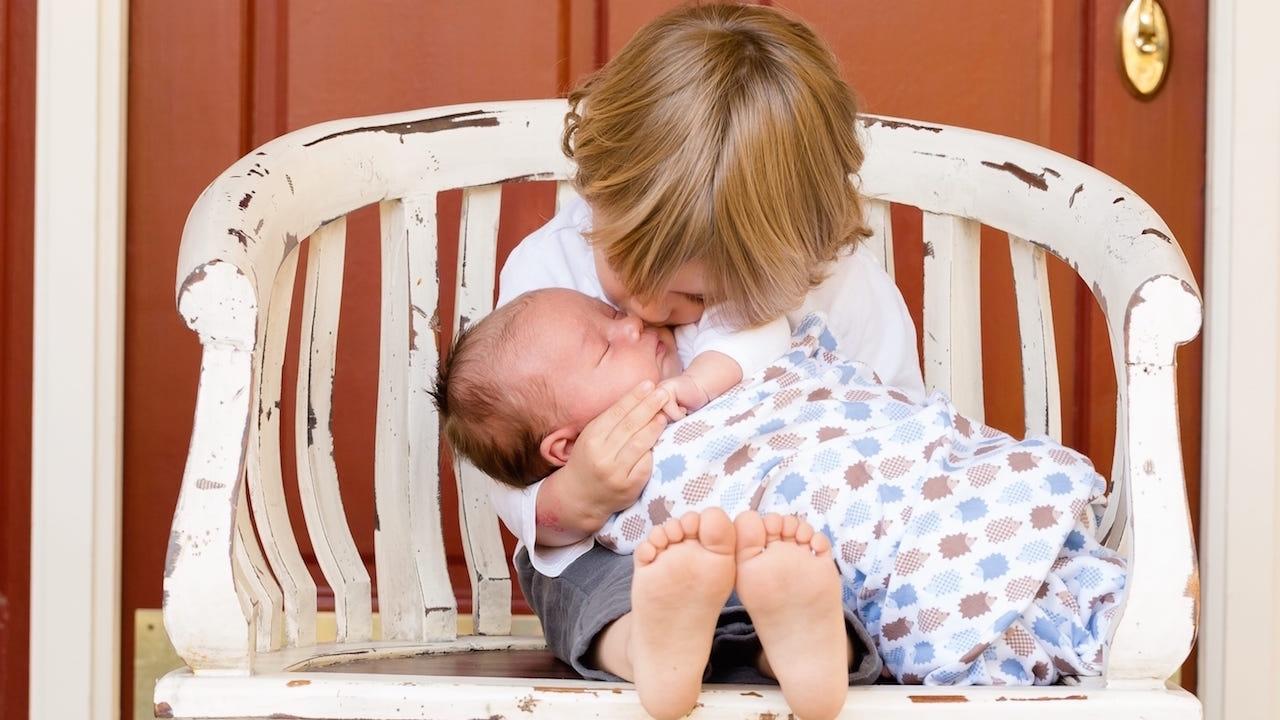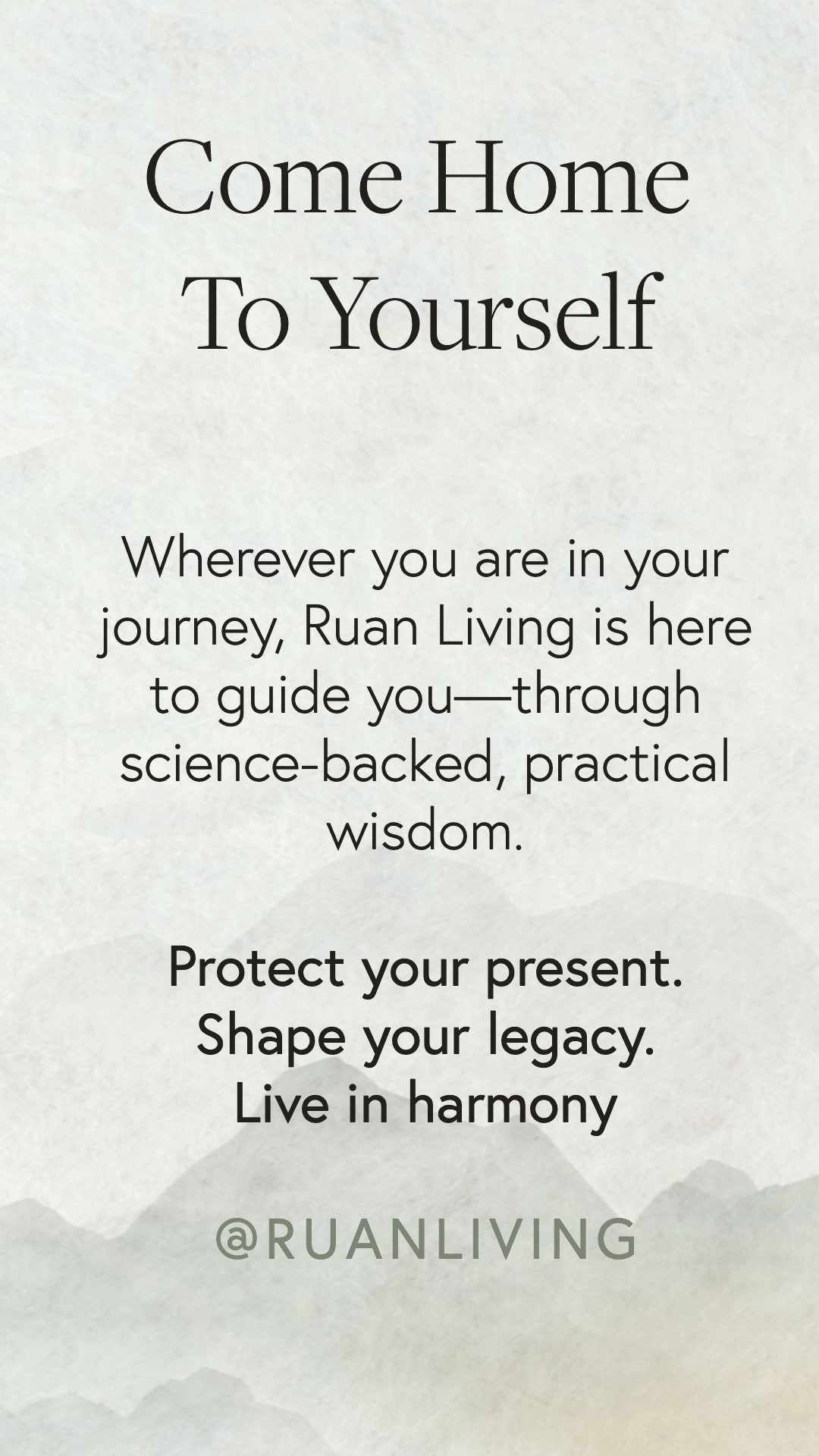
Autism, asthma in children, and more: Are Children Uniquely Vulnerable?
Sep 05, 2016With dramatic increases in autism, asthma, allergies, and other alarming pediatric health conditions, we should become more aware that children have unique biological vulnerabilities. Children are not little adults. For example, their developing brains and bodies need extra protection.
What follows is an excerpt from my book A to Z of D-Toxing: The Ultimate Guide to Reducing Our Toxic Exposures. 
My husband and I recently started watching Mad Men, the hit television series about an advertising company in 1960s Manhattan. It’s amazing to see how much we, as a country, have learned. For example, I am struck by the amount of smoking and drinking, especially among pregnant women!
It reminds us of what we didn’t know back then: Fetuses and young children are especially vulnerable. We now know that a fetus exposed to too much alcohol can develop fetal alcohol syndrome and that exposure to cigarette smoke is linked to numerous adverse health effects.
When pregnant with my first child, I sought out the best books I could find that would teach me all the ways to give her the healthiest start. I was fascinated by how she was growing and changing, and I was diligent in doing whatever I could to support and protect that development. My plan for a healthy pregnancy focused on four main goals: getting good rest, exercising, eating healthfully, and drinking lots of water.
Despite these good intentions and hard work, I missed an important area of concern: I never considered the threat of toxicants in my foods and beverages, everyday purchases, outdoor and indoor air, and even the dust in my home. While they were mentioned in books, I didn’t have the background to appreciate the warnings so I didn’t worry about it. However, if I could do things differently, I would have incorporated a fifth goal: mini- mizing unnecessary exposures to toxicants.
Even while ignorant on the topic, however, my instincts cautioned me against some exposures. For example, when I was pregnant with my first child, my husband and I had taken our car to an auto repair shop. After a few minutes in the waiting room, I felt compelled to run out of the building to vomit. My body’s strong reaction wouldn’t dissipate until I was far enough from the building that I could no longer sense the fumes from the shop. Years later, I learned about the highly toxic effects of benzene (found in auto products and gasoline): It’s a carcinogen and can damage chromosomes (McGinn 2000). Immediately, I wondered if my body knew that the baby’s well-being was at risk.
My protective instincts peaked during the prenatal period with each of my three children and remained high through their first year of life. Although I remain concerned and diligent about their health and safety, I’ve relaxed more each year after the initial one. Interestingly, this timing is perfectly in sync with their most biologically vulnerable stages.
The Biological Reality of Children
Children are not little adults.
From conception until about 20 years of age, the foundation of one’s body — the central nervous system, respiratory system, immune system, reproductive system, and so on — is developing under the direction of countless hormonal, neural, and genetic messages. Therefore, this stage of development is an important one to protect.
Given the rapid and dynamic changes during development, the potential for errors to occur is high. The developing brain, for example, triples in weight during the first year of infancy and “doubles to 200 billion cells by the age of two,” according to Devra Davis PhD MPH (2010), an award-winning scientist and writer, in her book Disconnect. During this stage of intense growth and development, “low levels of exposure” that would not materially harm the adult brain can permanently damage the developing brain (Grandjean and Landrigan 2014).

Children’s brains are vulnerable
Children’s brains are more vulnerable than those of adults for many reasons. First, the natural protective and detoxification mechanisms that protect adults are immature in children. For example, in infants, the blood–brain barrier, which protects the brain from unwanted molecules in the bloodstream (Bunim 2012), has been frequently cited in the scientific literature as being “immature” or “leaky” (Saunders, Liddelow, and Dziegielewska 2012). Estimates on when this barrier fully develops vary — anywhere from before birth (Daneman et al. 2010) to six months after birth (Schettler et al. 2000). While the blood–brain barrier is still not fully understood (Saunders, Liddelow, and Dziegielewska 2012), it is widely believed to be more porous in infants and children than in adults, allowing greater amounts of unwanted molecules to reach the developing brain. Further, various toxicants and conditions (such as radiation from microwaves and other sources, infections, high blood pressure, and brain injuries) may weaken or open the blood–brain barrier (Chudler 2014).
Children's skulls are thinner
Second, the skull of a child is thinner than that of an adult, and a child’s brain has a relatively higher fluid content (Davis 2010). As chapter I.14 spotlights, this renders them more vulnerable to radiation exposure from wireless technologies and medical imaging. How these characteristics may increase the brain’s vulnerability to other exposures is unknown, but an international community of scientists — including the WHO (2014e), foreign governments (WiFi in Schools Australia 2014), and the BioInitiative Working Group (2014b) — are actively researching the adverse effects of wireless technologies. The brain could be the most vulnerable organ since it is still developing until a person is 20 years old (NIMH 2011).
Children are exposed to toxicants prenatally
Exposure to toxicants begins in the womb. With improved biomonitoring technology, scientists have learned that newborns carry a substantial chemical burden.
One of the few studies to look at a very broad range of chemicals — and one that is referenced often — was conducted in 2005. The American Red Cross collected and examined umbilical cord blood from 10 American newborns to check for 413 industrial chemicals.
The study, led by the Environmental Working Group (EWG), found a total of 287 chemicals and an average of approximately 200 industrial compounds, pollutants, and other chemicals in these newborn babies. Pollutants detected in umbilical cord blood included chemicals used in fast-food packaging, pesticides, and flame retardants used on clothing and textiles.
More specifically, of the 287 chemicals found in newborn umbilical cord blood:
— 180 cause cancer in humans or animals
— 217 are toxic to the brain and nervous system
— and 208 cause developmental problems
The scientists involved believed that the more chemicals they tested for, the more they would have found (EWG 2005a).
Children's bodies absorb more toxicants
After they are born, children come in contact with toxicants through normal daily things: diet, toys, personal care products, medications, and the overall indoor and outdoor environments in and around their homes, schools, daycare centers, and even vehicles. However, due to children’s faster metabolic rate and smaller size, their relative exposure is larger than that of adults. In proportion to body weight, “children drink 2.5 times more water, eat 3 to 4 times more food, and breathe 2 times more air” than do adults. Consequently, on a per pound basis, children are also exposed to more toxicants than are adults (Steingraber 2010).
Their behavior also increases their exposure to environmental toxins further: crawling on floors, hiding in dusty places such as under beds and behind furniture, and putting their fingers (and many other things) in their mouths. Moreover, children tend to have less diverse diets, and they favor dairy and packaged foods that are more likely to have higher concentrations of certain toxicants.
Toxicants stay inside children's bodies for longer
Once inside children’s bodies, toxicants may be metabolized and excreted more slowly than in adults because children’s metabolic pathways are immature, especially during the prenatal and postnatal periods. Also, the levels of chemical-binding proteins are lower in children than in adults, which permits higher concentrations of unbound, biologically active agents to reach organs throughout children’s bodies, including the brain. Therefore, toxicants can stay in their bodies for longer. Furthermore, children have many more years of life ahead than do adults — more time in which toxicants can impair their biology, they can be exposed to additional environmental stressors, and to develop diseases (Reuben 2010).
Toxicants can compromise a child's long-term health
While children are generally resilient to common physical injury and illness, when their developing systems are damaged by toxicants, the damage doesn’t necessarily have time to repair. Instead, the damage can be incorporated into the growth plan, altering the foundation from which the body develops (This idea is revisited in chapter I.15).
Children’s unique vulnerability is not fully understood. However, according to the EWG’s report Body Burden: The Pollution in Newborns, the Environmental Protection Agency (EPA) reviewed the research and concluded that carcinogens are, on average, 10 times more potent in babies than in adults, with certain chemicals being up to 65 times more powerful (EWG 2005b). Subsequently, the EPA updated its cancer risk guidelines in 2005 to incorporate better protection against childhood exposures, including exposure assessment, dose-response assessment, hazard assessment, and risk characterization (EPA 2005).
In September 2008 Leonardo Trasande MD MPP, a pediatrician and assistant professor at the Mount Sinai School of Medicine at the time, testified before the US Senate Environment and Public Works Committee. He told its members:
The heroic work of decoding the human genome has shown that only about 10 to 20 percent of disease in children is purely the result of genetic inheritance. The rest is the consequence of interplay between environmental exposures and genetically determined variations in individual susceptibility. Moreover, genetic inheritance by itself cannot account for the sharp recent increases that we have seen in incidence of pediatric disease. (Trasande 2008)
What can you do to protect your kids?
Informed parents, caregivers, school administrators, teachers, and physicians can help protect children. Seemingly small choices can decrease exposure to toxicants, as you will see in parts III and IV.
Mothers have a unique influence, for several reasons. Their bodies are the first homes of their children, and they usually buy the family’s food and household products. Furthermore, mothers have unique protective instincts, which are sharpened with information and with greater understanding of how toxicants may challenge the biology of children. Mothers, and fathers, should never doubt their instincts.
In Summary
01. Children are uniquely vulnerable to toxicants, and the younger they are, the more vulnerable they are.
02. Parents, caregivers, teachers, school administrators, healthcare providers, and other authorities can protect children by making informed choices.
03. Even informed instincts are helpful.
--
Chapter I.3 of A to Z of D-Toxing: The Ultimate Guide to Reducing Our Toxic Exposures. References available here: Part I’s Works Cited.
🎁 unlock your ULTIMATE HOME DETOX™ starter pack
Download the Ultimate Home Detox™ Starter Pack—your free set of practical, science-backed tools to begin reducing toxic exposures in your everyday life.
- Nontoxic Cleaning Guide
- Forever Chemicals Detox Starter
- EMF Detox Challenge
- Safe Cookware Starter Kit
- Kitchen Detox Checklist
- Fertility / Pregnancy / Children's Detox
Join 349,000+ people who’ve turned to Ruan Living for trusted, practical nontoxic guidance. These resources have helped thousands begin their journey toward a healthier home—and they’re yours, free.
GET YOUR ULTIMATE HOME DETOX™ STARTER PACK NOWWe hate SPAM. We will never sell your information, for any reason.



